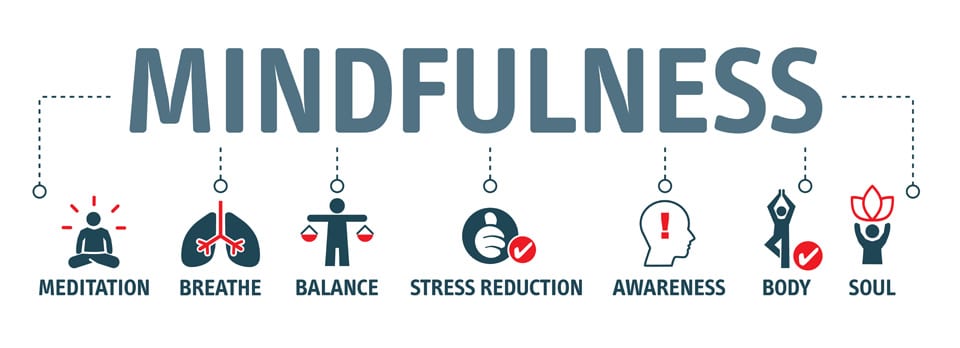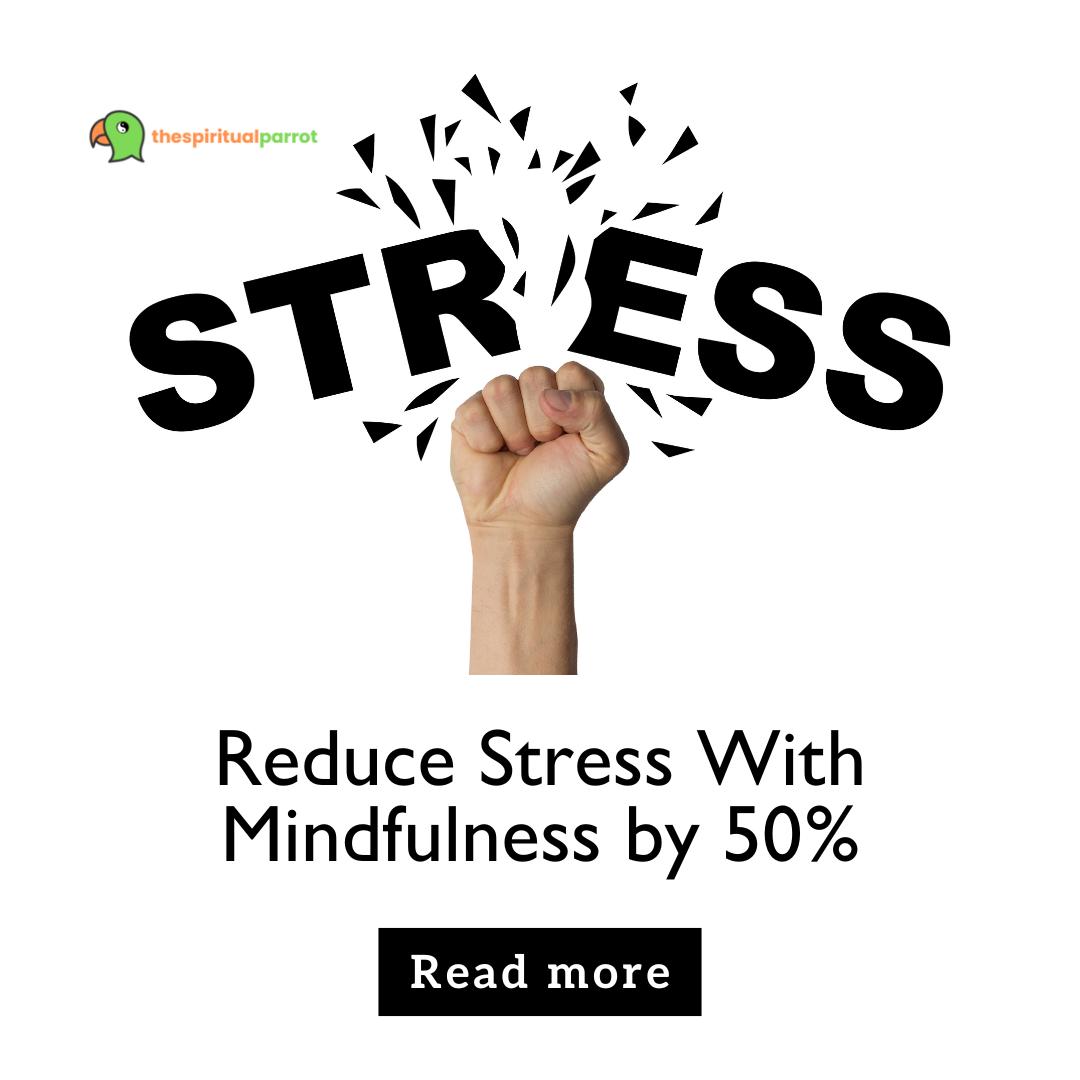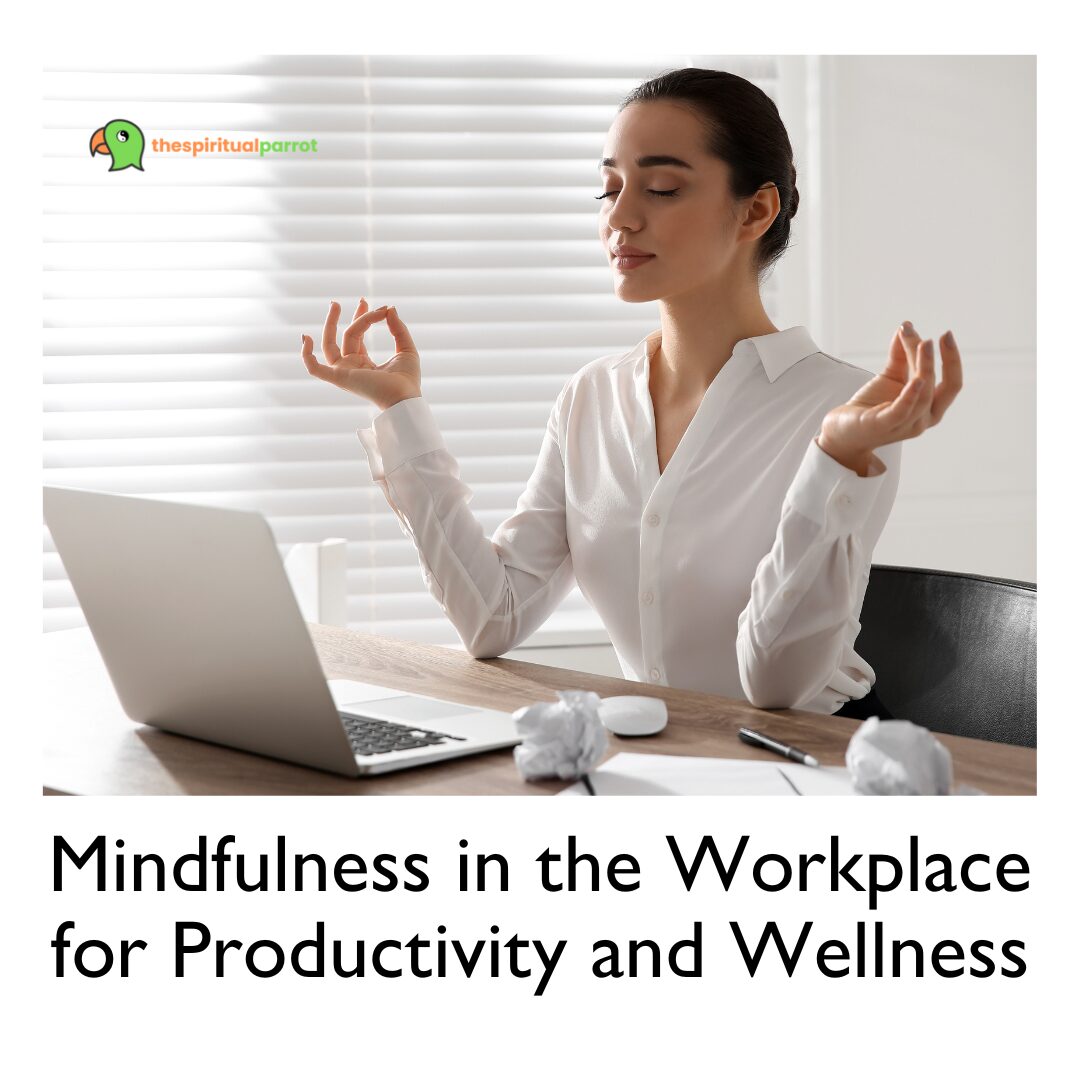Stress is everywhere — in your inbox, your thoughts, your body. And while most people try to manage it with distractions, stimulants, or temporary fixes, there’s one practice that actually works at the root level: you can reduce stress with mindfulness.
This isn’t just a wellness trend or spiritual buzzword. It’s a research-backed truth. Short, intentional moments of awareness — done consistently — have been shown to lower stress by up to 50% or more, without overhauling your lifestyle.
In this post, you’ll learn 5 easy mindfulness techniques that take minutes to practice but create lasting shifts in how you feel, react, and function. If stress has become your default setting, it’s time to reset — starting now.
Why Mindfulness Is the Most Underestimated Stress Tool
When you hear the word “mindfulness,” you might think of someone meditating in silence for hours — incense burning, legs crossed, total stillness. And while that version exists, the truth is much simpler — and more powerful than most people realize.
Mindfulness is simply being aware of the present moment without judgment. That might sound too easy to work, but it’s exactly that simplicity that makes it so effective.
When stress floods your system, it pulls you out of the moment and into survival mode. Your breath shortens, your thoughts race, your nervous system panics. But the moment you bring attention back to the now — even for a few seconds — your body starts to shift. You stop reacting. You start responding.
That’s why you can genuinely reduce stress with mindfulness — because mindfulness doesn’t fight stress. It interrupts it.
The Science of Stress and Stillness
Stress activates your sympathetic nervous system — the fight-or-flight response. Mindfulness helps flip that switch, activating your parasympathetic system — also known as rest and digest.
Studies show even 10 minutes of present-moment awareness can:
- Lower cortisol levels (your main stress hormone)
- Slow heart rate and breathing
- Improve emotional regulation and clarity
You don’t need hours. You need consistency — and a willingness to pause.
Mindfulness Is Not Just Meditation
Many people avoid mindfulness because they assume it requires silence, discipline, or a perfect setting. But here’s the truth: mindfulness is a mindset, not a ritual.

You can be mindful:
- While walking
- While eating
- While brushing your teeth
- Even while stuck in traffic
It’s not about stopping your thoughts. It’s about noticing them — without spiraling into them.
Reduce Stress With Mindfulness — These 5 Techniques Work
Now that we’ve broken down why mindfulness matters, let’s get to the part you came here for: how to actually use it. These five techniques are simple, adaptable, and — most importantly — effective.
If you’re trying to reduce stress with mindfulness, start here. You don’t need a quiet room, special gear, or spiritual enlightenment. You just need presence.
1. Breath Awareness in 60 Seconds
Close your eyes (or soften your gaze), and bring your full attention to your breath. Inhale for 4 counts, exhale for 6. Feel the air move through your body. Do this for just one minute.
Why it works: Deep breathing slows your heart rate, signals safety to your brain, and grounds your awareness in the body — fast.
Pro tip: Use this right before a meeting, after a stressful call, or whenever anxiety spikes.
2. The “5-4-3-2-1” Grounding Technique
Name:
- 5 things you can see
- 4 things you can touch
- 3 things you can hear
- 2 things you can smell
- 1 thing you can taste
Why it works: This technique pulls your senses back into the present, cutting through mental chaos and physical tension.
It’s a go-to for calming overwhelm, especially during high-stress moments.
3. Labeling Emotions Without Judgment
Instead of spiraling in your mind, try simply naming what you feel:

“I feel anxious.”
“I feel tired.”
“I feel tight in my chest.”
Why it works: Research shows that labeling emotions reduces their intensity. It moves you from reactivity into conscious awareness — which is exactly what mindfulness is about.
4. Mindful Walking (Even Indoors)
Go for a slow, deliberate walk. Pay attention to the soles of your feet touching the ground. Feel the movement in your legs. Let your arms swing naturally.
Why it works: Movement + mindfulness is ideal if sitting still triggers restlessness. It engages the body while focusing the mind.
Great for transitions — after work, before sleep, or even between tasks.
5. Single-Tasking With Full Focus
Pick one small task: drinking water, brushing your teeth, folding laundry. Do it with complete attention. No scrolling, no multitasking — just you and the task.
Why it works: Multitasking increases stress. Mindful focus reduces it by returning your brain to one thing at a time — the way it’s wired to function best.
Each of these tools helps you reduce stress with mindfulness in under five minutes. And when done regularly, their effect multiplies.
How These Techniques Reduce Stress by 50%
It might sound too good to be true — but the reason you can actually reduce stress with mindfulness by up to 50% isn’t magic. It’s science. And habit. And presence.
Each of the five techniques you just read resets your nervous system in real time. But when practiced consistently, they start to shift your baseline — not just your reaction.
Mindfulness Stops the Spiral Before It Builds
Stress often escalates in loops:
- One tense thought triggers another
- Physical symptoms build up
- You mentally brace for more discomfort
Mindfulness interrupts this cycle. It creates a space between trigger and reaction — and in that space, your body begins to calm.
That’s where the 50% reduction begins: not because life becomes easier, but because your response becomes quieter, clearer, and slower.
The Compound Effect Is Real
One mindful breath might not feel like much. But 3 per day? 5 per hour? Over a week?
- Your mind stops sprinting
- Your sleep improves
- Your focus returns
- Your reactions soften
This is how stress lowers without medications or massive life changes — through steady, intentional practice.
Build Your Own Mindfulness Routine That Sticks
Mindfulness doesn’t work because it’s trendy — it works because it’s consistent. And the only way to get the full benefit (like actually being able to reduce stress with mindfulness) is to make it stick. But don’t worry — this isn’t about strict rules or waking up at 5 AM.
This is about building something realistic — something that flows with your life, not against it.
Start With One Technique a Day
Don’t do all five techniques at once. Pick just one. Commit to using it once a day — even if it’s only for 60 seconds. The goal isn’t intensity. It’s consistency.
Try:
- Breath awareness every morning after waking up
- Grounding before stressful meetings
- Mindful walking in the evening instead of doomscrolling
Let the practice fit into your day, not the other way around.
Don’t Wait Until You’re Panicking
One of the biggest mistakes people make? Only using mindfulness when they’re in crisis. But your nervous system needs routine — not rescue.
Practice before the stress builds:
- After lunch
- Between tasks
- Right before bed
Think of mindfulness as mental hygiene. You wouldn’t brush your teeth after cavities form. The same goes for your stress.
You Don’t Need Big Change — Just Presence
The world tells you to do more to feel better — work harder, hustle longer, fix everything at once. But the truth is, sometimes the most powerful shift you can make is the smallest one: pausing.
Mindfulness doesn’t make stress disappear — it changes how you carry it. And when you begin to show up for yourself in small, consistent moments, you reclaim something deeper than calm. You reclaim clarity. Agency. Peace.
So if you’ve been overwhelmed, running on autopilot, or wondering if real change is even possible — start here. One breath. One grounded moment. One mindful step.
Because yes — you really can reduce stress with mindfulness. And it doesn’t take hours or perfection. It just takes presence.












